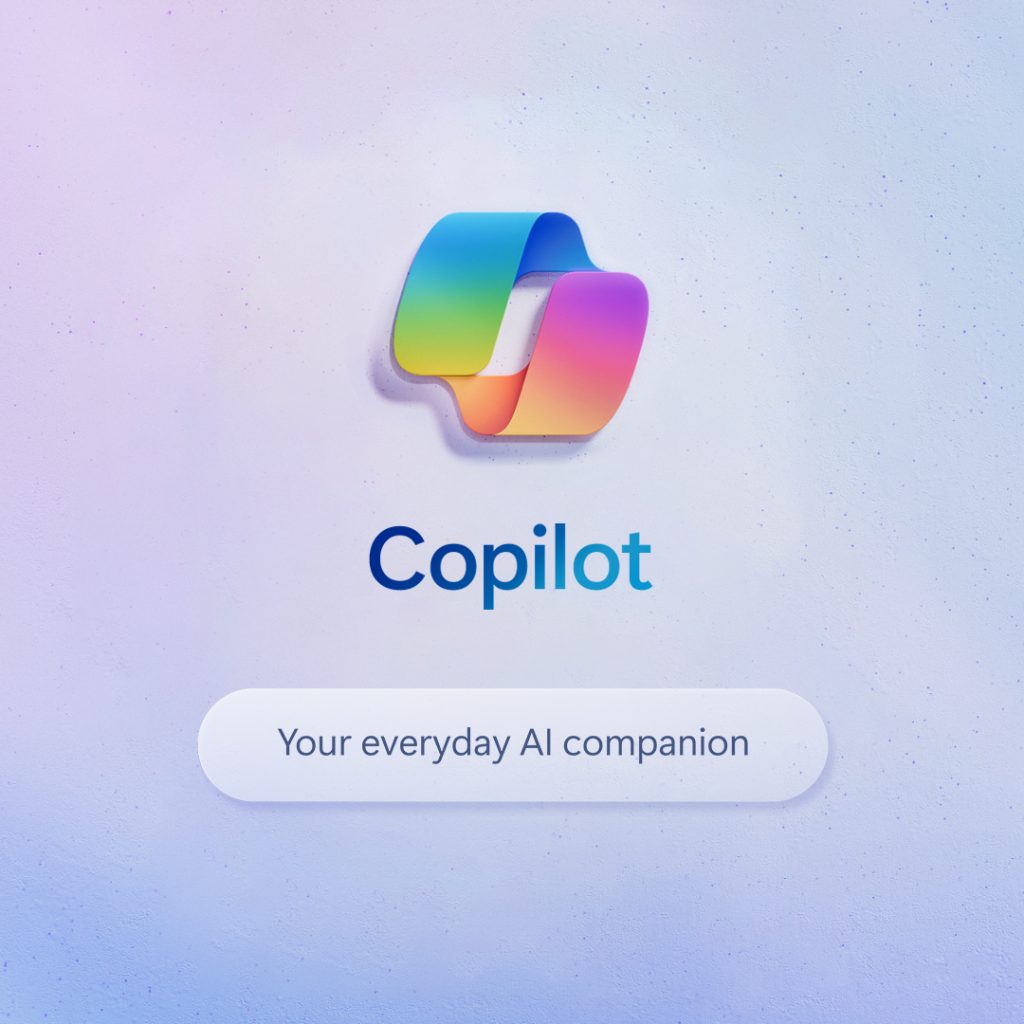In a world grappling with escalating water stress, a silent contributor has emerged in the form of data centers – massive structures housing the backbone of the digital age. With over 5,000 such centers globally, their thirst for water, primarily for cooling purposes, is becoming increasingly significant. New analyses predict that by 2050, approximately 2.8 billion people will live in areas facing extreme water scarcity, using over 80% of their renewable water supplies. Amidst this scenario, the data center industry stands at a crossroads, necessitating a shift towards sustainable operations to mitigate their water usage impact.
The hidden cost of data storage
Data centers, integral to our internet and data storage needs, are intensive water users, consuming between one to five million gallons daily. This usage is predominantly for cooling the vast array of servers that generate substantial heat. With the proliferation of artificial intelligence and the consequent data boom, the number of data centers is expected to surge. This growth highlights the need for a transformative approach in the industry to address water consumption concerns.
Technological innovations in cooling
Emerging data center cooling systems technologies present promising avenues for reducing water use. Innovations like adiabatic dry-coolers evaporative and hybrid coolers are gaining attention. These systems utilize water evaporation to enhance efficiency and lower energy consumption. However, they still represent a considerable water use, necessitating a more profound change.
A significant development is adopting economization methods, leveraging cold outdoor air to bypass traditional chillers. This approach reduces energy consumption and the water required for electricity generation, which is integral to cooling systems. Another advancement is the use of closed-water circuits in cooling mechanisms.
Systems like Chilled Water-Cooling and Computer Room Air Handlers (CRAH) operate within a closed loop, ensuring no water wastage. Liquid cooling systems, employing thermally conductive liquids to remove heat from server racks, also fall into this category. Their high efficiency in reducing energy consumption makes them a favorable choice for future data centers, aligning with environmental sustainability goals.
Standardization and accountability
Ensuring reduced water and energy usage in data centers necessitates a framework for measurement and accountability. The Lawrence Berkeley Laboratory underscores the importance of monitoring water consumption, evaluating and upgrading infrastructure, and employing digital tools for performance assessment. Adopting standard metrics like Water Usage Effectiveness (WUE) allows data center operators to benchmark their initiatives and track progress within the industry.
A sustainable path
As the data center industry continues its rapid expansion, it is responsible for contributing to the global effort to reduce water and energy consumption. The shift towards water-smart technologies and practices is not just an environmental imperative but also a business necessity. The industry’s ability to innovate and adapt will play a crucial role in ensuring that the future of data storage does not exacerbate the world’s water stress challenges.
The journey towards water-efficient data centers is both a challenge and an opportunity. Integrating sustainable practices into digital infrastructure requires a concerted effort from industry leaders, innovators, and policymakers. As data continues to be an integral part of our lives, the responsibility to manage its footprint responsibly is paramount. The data center industry, at the helm of this digital revolution, has the potential to lead the way in creating a more water-resilient future.





